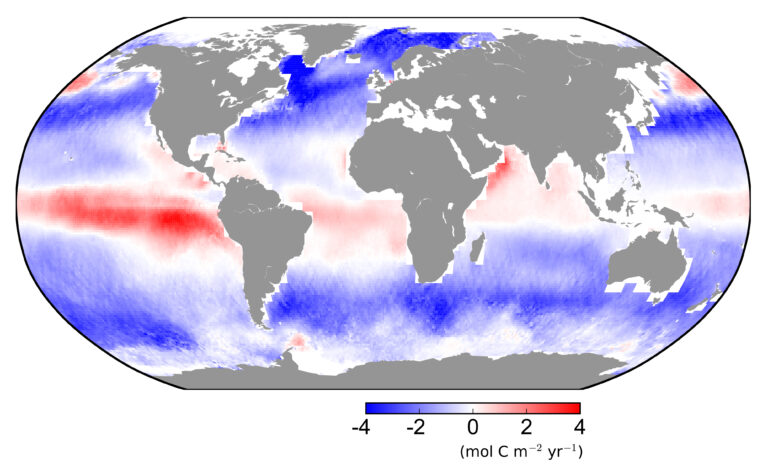A new study has revealed that the world’s oceans are absorbing far more of the carbon dioxide released in to the atmosphere by human activity than was previously believed.
Covering two-thirds of Earth’s surface, it has long been known that oceans play a key role in sequestering atmospheric carbon dioxide. It was previously estimated that around a quarter of the carbon dioxide we release into the atmosphere is absorbed into the oceans.
However, according to a new study published in Global Biogeochemical Cycles the true figure is closer to a third. Dr David Woolf, of Edinburgh’s Heriot-Watt University and the study’s lead author, said, “Our research shows that three gigatonnes of carbon a year are being drawn down into the ocean, which is about a third of the emissions caused by human activity.
“Importantly, we now know this with unprecedented accuracy – to within 0.6 gigatonnes of carbon per year – and conclude that the earlier figure of around a quarter underestimated the role of the ocean in its ability to sequester carbon.”
The research team reached their findings helped in part by data from the Surface Ocean Carbon Dioxide Atlas, an ongoing international collaborative effort to collect and compile carbon dioxide measurements in the upper ocean. They also used satellite data to measure various ocean properties such as salinity, surface wind speeds and sea-surface temperature.
The discovery that oceans absorb more carbon dioxide than previously thoughts appears – at least on the surface – a positive development in efforts to counteract climate change.
But marine scientists point out that higher carbon dioxide levels in the sea brings with it a host of other environmental problems including rising sea levels through thermal expansion and continental ice melt and increased ocean acidification, a major problem that would make the seas unsustainable living environments for much marine life.



